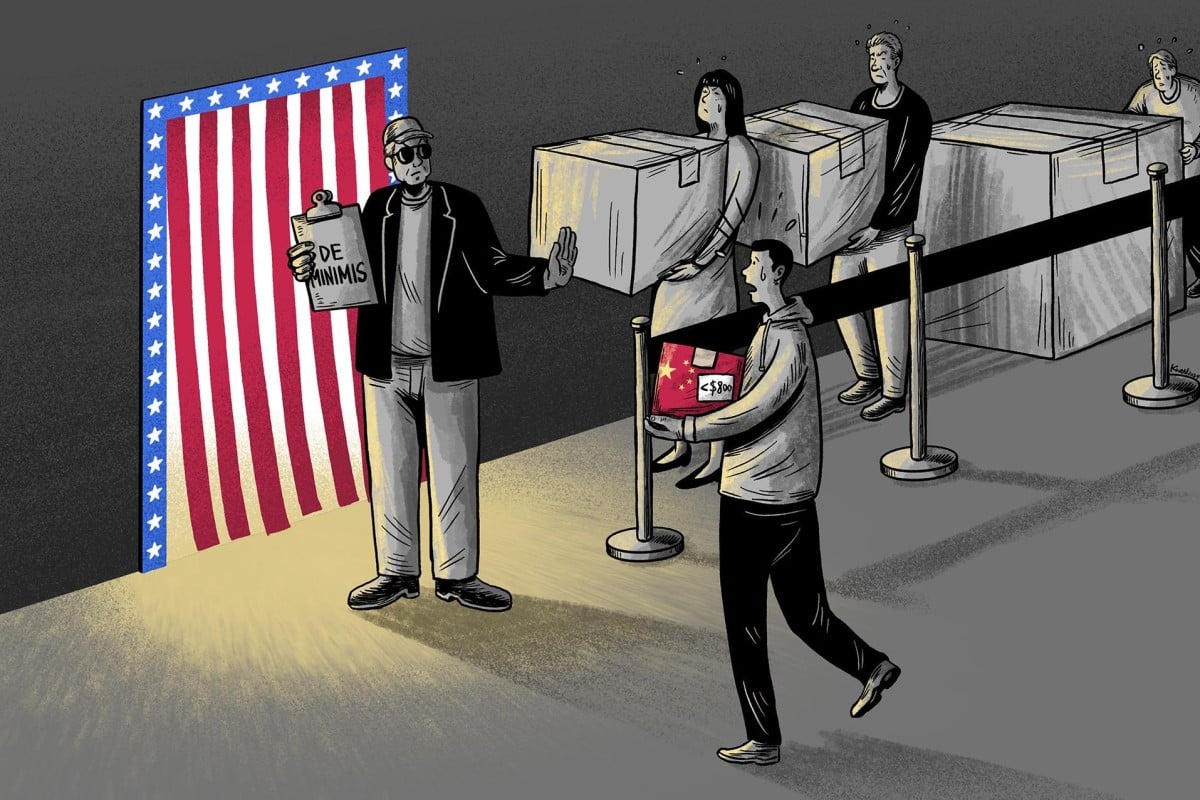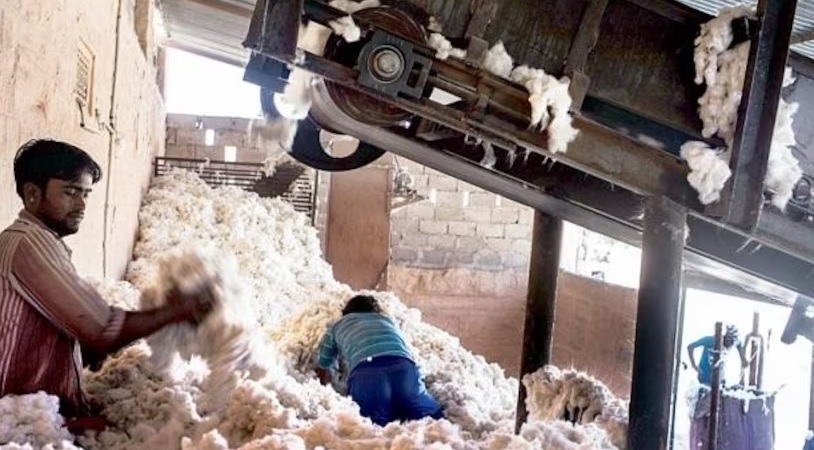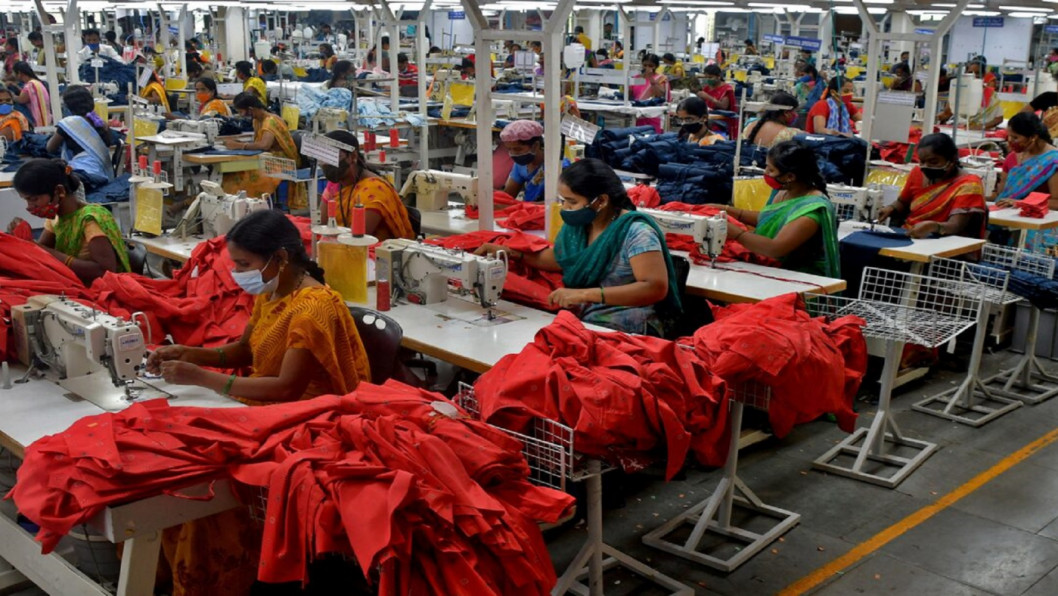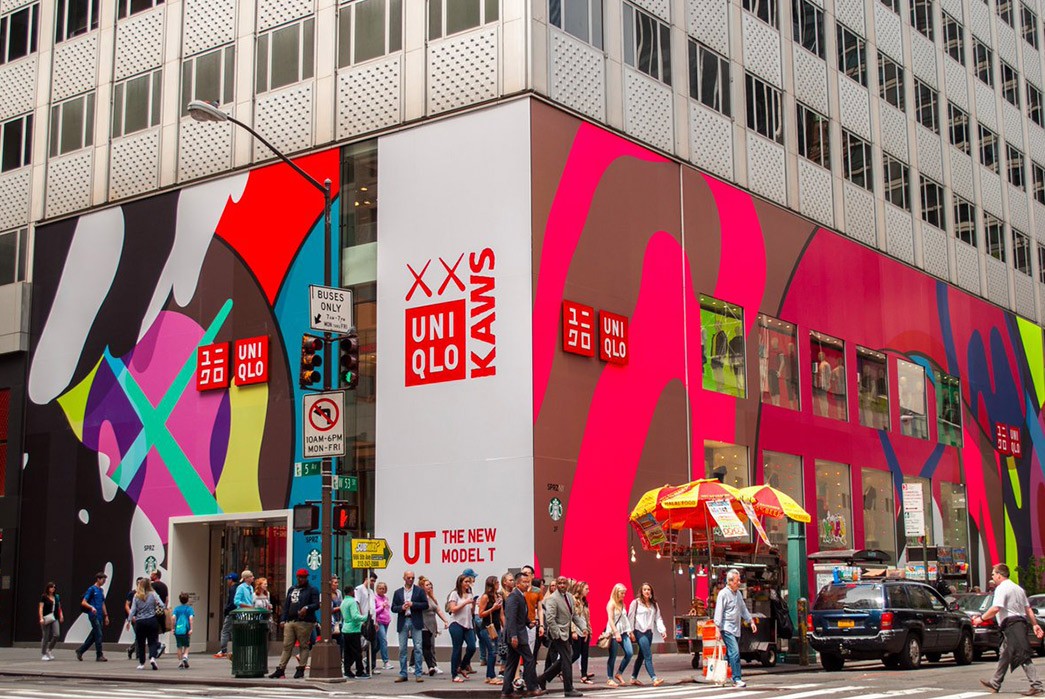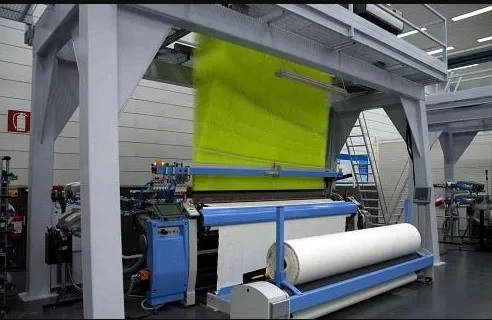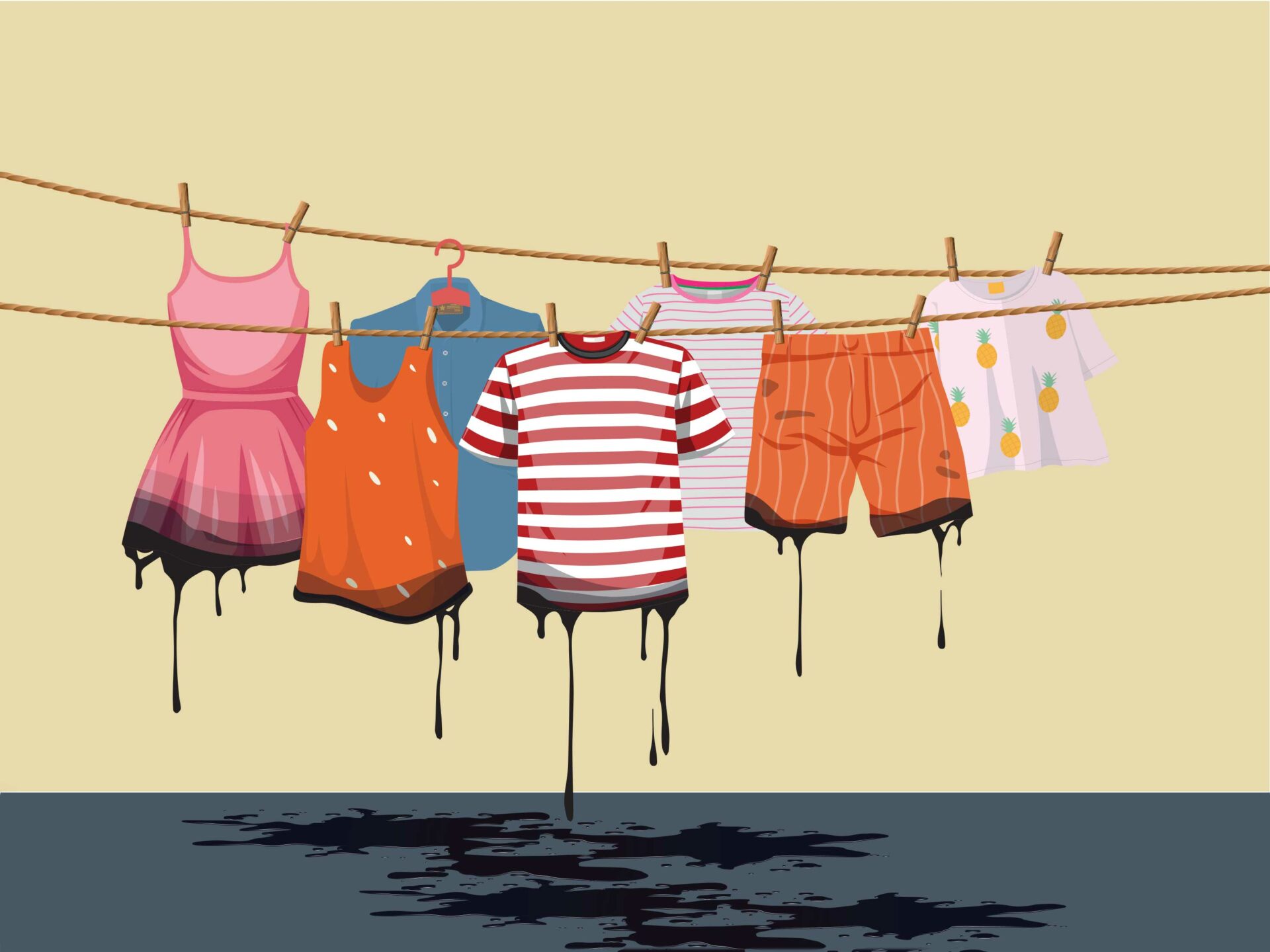
In an era where sustainability and ethical practices are gaining traction across various sectors, the fashion industry continues to be a significant concern. The recent report by Fashion Revolution, titled ‘What Fuels Fashion’, highlights the environmental and social impacts of the fashion industry, revealing the hidden costs behind the clothing we wear. The report highlights startling data, case studies, and expert insights, urging both consumers and industry leaders to rethink their choices and practices.
The environmental impact, a closer look
Fashion Revolution’s report highlights the staggering environmental footprint of the fashion industry. The findings reveal the sector accounts for 10 per cent of global carbon emissions, a figure comparable to the emissions produced by the entire European Union. Additionally, it is the second-largest consumer of the world’s water supply, with textile production requiring approximately 93 billion cubic meters of water annually.
"Fashion's impact on the environment is enormous," says Jane Smith, an environmental scientist specializing in textile sustainability. "The production of synthetic fibers, such as polyester, involves high energy consumption and significant greenhouse gas emissions. Moreover, the massive water usage for cotton cultivation exacerbates water scarcity issues in many regions."
One striking case study presented in the report is the rapid rise of fast fashion brands and their role in exacerbating environmental damage. Fast fashion giants like H&M and Zara have revolutionized the industry with their quick turnaround times and low-cost clothing. However, this convenience comes at a price. The report notes that the average lifespan of a garment has decreased from 3 years to just 1.5 years over the past decade.
In 2023, a report by the Ellen MacArthur Foundation estimated that each person in the UK buys an average of 26 kilograms of clothing per year, leading to a staggering 92 million tons of textile waste globally. This waste often ends up in landfills, where synthetic fibers can take up to 200 years to decompose.
The social cost, unveiling exploitative practices
The social dimensions of the fashion industry are equally troubling. Fashion Revolution’s report underscores the plight of garment workers, particularly in developing countries. The industry’s demand for ever-cheaper production has led to exploitative labor practices, including low wages, poor working conditions, and lack of basic rights.
One notable example is the Rana Plaza disaster in Bangladesh, which killed over 1,100 workers in 2013. Despite international outcry and promises of reform, the report reveals that many garment workers still face unsafe conditions and inadequate pay.
"Behind every garment is a story of human labor, often exploited and undervalued," says Professor Alan Thomas, an expert in labor rights and ethics. "The fashion industry must address these issues by ensuring fair wages and safe working environments for all workers."
The push for change
Amidst these challenges, there is a growing movement towards sustainable and ethical fashion. Brands like Patagonia and Stella McCartney are leading the charge by incorporating recycled materials, promoting fair trade practices, and reducing their carbon footprint.
Patagonia, for instance, has committed to using 100 per cemt recycled polyester in its clothing line and operates a repair and resale program to extend the life of its products. Stella McCartney, known for her commitment to cruelty-free fashion, utilizes sustainable materials such as organic cotton and recycled nylon. "Consumers have the power to drive change by supporting brands that prioritize sustainability and ethics," says Emma Watson, an advocate for sustainable fashion. "By making informed choices, we can contribute to a more responsible and equitable fashion industry."
A call to action
Fashion Revolution’s report, "What Fuels Fashion," serves as a stark reminder of the hidden costs associated with the clothing industry. As the data and case studies illustrate, the environmental and social impacts are profound and far-reaching. However, the growing movement towards sustainable and ethical fashion offers hope for a more responsible future.
For consumers, the message is clear: choose wisely, support ethical brands, and be mindful of the environmental footprint of your fashion choices. For industry leaders, the call to action is equally urgent: adopt sustainable practices, ensure fair labor conditions, and work towards reducing the industry's overall impact.

